Enhancing biodiversity in your home garden isn’t just a trend—it’s a vital step toward creating a thriving, sustainable outdoor space. With urban areas increasingly dominating living environments, many gardens struggle to support diverse ecosystems, impacting both local wildlife and long-term environmental health. By thoughtfully designing and maintaining your garden, you can play a crucial role in fostering biodiversity, benefiting both your surroundings and yourself. Whether through strategic planting, water conservation, or creating habitats for pollinators, small-scale efforts can yield significant ecological impacts. This guide explores essential strategies to boost biodiversity in your home garden, offering practical tips and insights to transform your space into a haven for nature.
Key Takeaways
– Enhance Ecosystem Health: A diverse garden creates a balanced environment resistant to invasive species and diseases.
– Support Pollinators: Attract bees, butterflies, and birds with native plants to boost productivity and biodiversity.
– Improve Soil Health: Native plants and organic matter enrich soil, promoting long-term sustainability and better plant growth.
– Adapt to Climate Change: Diverse gardens thrive under various conditions, offering resilience against droughts and extreme weather.
– Reduce Pest Dependence: Natural predators like ladybugs help control pests, minimizing chemical use and enhancing garden health.
– Aesthetic and Educational Value: A biodiverse garden is visually appealing and serves as an educational tool for understanding ecosystems.
– Promote Native Species: Plant indigenous flora to conserve local biodiversity and reduce maintenance needs.
– Create Wildlife Habitats: Incorporate bug hotels, nest boxes, and water features to support a variety of creatures.
– Practice Sustainable Gardening: Use organic methods, compost, and water-efficient techniques to foster a healthier garden ecosystem.
– Attract Beneficial Insects: Grow flowers and herbs to lure ladybugs and lacewings, aiding in natural pest control.
– Provide Bird Support: Set up feeders and nesting boxes, complemented by native trees and shrubs, to aid feathered visitors.
– Seasonal Care: Offer winter shelter and food by leaving dead plants, supporting wildlife through all seasons.
Improving Biodiversity in Your Home Garden
To enhance biodiversity in your home garden, consider implementing the following strategies:
- Plant Native Species : Begin by incorporating native plants into your garden. These plants are well-adapted to your local environment, requiring less maintenance and providing better habitat for local wildlife. Visit Old Seed for guides on heirloom gardening and native plant selection.
- Create Water Features : Install a pond, birdbath, or small water feature to attract birds and other creatures. Consider low-maintenance options to minimize effort while maximizing benefits. Check Old Seed for tips on sustainable water features.
- Compost and Enhance Soil Health : Set up a compost system to recycle kitchen scraps and yard waste. Layer materials correctly and maintain moisture for optimal decomposition. Use compost to enrich your soil, benefiting both plants and soil organisms. Explore composting methods on Old Seed .
- Support Pollinators and Insects : Plant flowers and vegetables that attract bees, butterflies, and other pollinators. Consider installing nest boxes for birds and insects. Research specific plants and nesting materials on Old Seed .
- Minimize Pesticide Use : Avoid harmful pesticides that disrupt ecosystems. Use natural methods like companion planting or integrated pest management to control pests sustainably. Find alternative strategies on Old Seed .
- Aerate and Maintain Soil : Regularly aerate your soil to improve structure and promote microbial activity. Add organic matter like compost to boost soil health and biodiversity. Discover soil management techniques at Old Seed .
- Provide Bird Habitats : Set up bird feeders and nesting boxes, ensuring they are bird-safe and maintained properly. Check Old Seed for recommendations on bird-friendly equipment.
- Educate and Engage : Utilize resources from Old Seed to learn more about each strategy and gain tailored advice through their guides and forums.
By thoughtfully implementing these steps, you can create a thriving ecosystem that supports biodiversity, contributing positively to your local environment. Start with native plants and compost systems, then gradually introduce other enhancements to maximize your garden’s biodiversity.
What Are the Benefits of Promoting Biodiversity in Your Home Garden?
Promoting biodiversity in your home garden offers numerous benefits that extend far beyond your immediate surroundings. By thoughtfully designing and maintaining your garden to support diverse plant and animal life, you contribute to a healthier ecosystem and create a more vibrant, resilient environment.
- Supports Local Wildlife: Many animals rely on specific plants and habitats for survival. A biodiverse garden attracts pollinators like bees and butterflies, which are essential for ecosystem health and crop production.
- Improves Soil Health: Native plants strengthen soil structure and promote microbial activity, leading to better nutrient absorption and reduced erosion. This results in richer, more fertile soil for your garden.
- Enhances Pollination: Biodiverse gardens provide habitats for pollinators, which are crucial for plant reproduction. This leads to better yields in fruits, vegetables, and flowers.
- Reduces Greenhouse Gases: Vegetation absorbs carbon dioxide, helping to mitigate climate change. A well-designed garden can capture significant amounts of CO2, contributing to a cleaner atmosphere.
- Fosters a Thriving Ecosystem: By creating habitats for birds, insects, and microorganisms, you support a self-sustaining ecosystem that thrives without external inputs.
Old Seed encourages gardeners to explore sustainable practices and native plant species to maximize biodiversity benefits. Visit our website to learn more about heirloom gardening and sustainable agriculture.
Improving Biodiversity in Your Home Garden
To enhance biodiversity in your home garden, consider implementing these strategies:
- Plant Native Species : Choose plants that are indigenous to your region. These varieties are well-suited to local conditions, requiring less maintenance and supporting native wildlife effectively.
- Create Water Sources : Install a birdbath or small pond to provide drinking water for birds and other animals. This simple addition can significantly attract diverse wildlife.
- Build Bug Hotels : Construct or purchase a bug hotel to offer shelter for insects and small creatures. This habitat can become a hub for various species, aiding in pollination and predator control.
- Practice Composting : Convert kitchen scraps and yard waste into compost. This enriches your soil, promotes plant health, and creates a welcoming environment for earthworms and microorganisms.
- Leave Areas Untamed : Allow sections of your garden to grow naturally with taller grasses and bushes. These areas serve as habitats for small mammals, reptiles, and insects.
- Integrate Water Features : Consider adding a fountain or small pond to your garden. These features support aquatic life, including frogs and dragonflies, while also attracting birds.
- Sustainable Pond Management : Maintain your pond or water feature with eco-friendly practices to support its ecosystem. Use natural methods to control algae and maintain water quality.
- Adopt Organic Practices : Refrain from using chemical fertilizers and pesticides. Opt for organic alternatives, such as natural pest control methods, to protect beneficial insects and promote a balanced garden ecosystem.
- Engage Your Community : Encourage neighbors to participate in biodiversity efforts. Share knowledge and resources to create a collective impact on your local environment.
By integrating these practices, you can create a thriving sanctuary for wildlife while enhancing the health and sustainability of your garden.
Biodiversity in Home Gardens
Biodiversity in home gardens plays a vital role in maintaining ecological balance, supporting local wildlife, and promoting sustainable practices. Here’s why it matters:
- Ecosystem Health : A diverse garden supports a thriving ecosystem. Different plants and organisms work together, creating a balanced environment that resists invasive species and diseases.
- Pollinator Support : Bees, butterflies, birds, and other pollinators are essential for plant reproduction. A garden rich in native plants provides habitat and food for these creatures, boosting productivity and biodiversity.
- Soil Health : Soil organisms, like earthworms, decompose organic matter and enrich the soil. A biodiverse garden fosters a healthy soil ecosystem, leading to better plant growth and higher yields.
- Climate Resilience : Gardens with diverse plant species adapt well to changing conditions. They can withstand droughts, heatwaves, and heavy rains, ensuring continued growth despite environmental challenges.
- Pest Control : Diverse gardens attract natural predators like ladybugs and birds, which help control pests. This reduces reliance on chemicals and maintains a healthier garden environment.
- Aesthetic Appeal and Education : A garden with varied plants is more beautiful and instructive. It educates visitors on plant diversity and inspires conservation efforts, fostering a deeper connection to nature.
By embracing biodiversity, home gardens contribute to a healthier planet and set a foundation for sustainable practices.
Best Ways to Promote Biodiversity in Your Home Garden
Creating a welcoming environment for wildlife in your home garden can significantly contribute to biodiversity. Here are some effective strategies to get started:
- Plant Native Plants : Choose plants that are indigenous to your region. Native plants are well-adapted to local conditions, requiring less water and maintenance, and provide essential habitat and food sources for native animals and pollinators.
- Create Wildlife Habitats : Incorporate elements like bug hotels, nest boxes, and water features to support a variety of creatures. Consider adding stones or logs to create hiding spots for small animals and insects.
- Adopt Organic Practices : Use compost and natural fertilizers to enrich your soil. Avoid chemical pesticides and herbicides, as they harm beneficial organisms and reduce biodiversity.
- Conserve Water : Install rainwater harvesting systems or use drip irrigation to minimize water usage. Plant drought-tolerant species that thrive in your climate.
- Compost and Recycle : Create a compost pile to recycle kitchen scraps and yard waste. This not only enriches your soil but also attracts earthworms and other beneficial organisms.
- Support Pollinators : Grow flowers and plants that attract bees, butterflies, and other pollinators. Specific flowers like lavender, sunflowers, and verbena are excellent choices.
- Encourage Beneficial Insects : Plant flowers and herbs that attract ladybugs, lacewings, and other predatory insects to control pests naturally.
- Provide Bird Food and Shelter : Set up bird feeders and nesting boxes to support feathered visitors. Plant native trees and shrubs to offer year-round food and shelter.
- Practice Seasonal Care : Adjust your gardening routine according to the season. Provide shelter and food during colder months by leaving dead plants and stems for winter wildlife.
By implementing these strategies, you can create a thriving ecosystem in your home garden that supports biodiversity and benefits both plants and animals alike.
- The Spruce – Explore comprehensive gardening guides and learn more about sustainable practices.
- GardenWeb – Connect with fellow gardeners and find community-driven tips for eco-friendly gardening.
- National Geographic – Discover educational resources and articles on environmental stewardship.
What Are the Benefits of Promoting Biodiversity in Your Home Garden?
- Supports Local Wildlife: By creating habitats, you can attract birds, insects, and small mammals, contributing to local biodiversity.
- Improves Air Quality: Plants absorb carbon dioxide and release oxygen, helping to combat air pollution and improve overall air quality.
- Enhances Soil Health: Native plants and organic matter improve soil structure and fertility, promoting long-term garden sustainability.
- Encourages Pollinator Activity: Bees, butterflies, and other pollinators are essential for plant reproduction and ecosystem balance. Providing nectar-rich plants supports their survival.
- Reduces Pesticide Use: Diverse plantings and integrated pest management reduce the need for harmful chemicals, protecting beneficial insects and microorganisms.
- Increases Property Value: A biodiverse garden often attracts nature lovers and can enhance your home’s curb appeal and market value.
- Contributes to Climate Resilience: Biodiverse gardens better withstand climate change impacts, providing natural solutions for temperature regulation and stormwater management.
- Provides Educational Opportunities: A garden rich in biodiversity offers a hands-on learning environment for kids and adults alike about ecosystems and conservation.
By prioritizing biodiversity in your home garden, you contribute to a healthier planet and create a more vibrant, resilient space for years to come. Explore resources like The Spruce and GardenWeb for more tips on implementing biodiversity-friendly practices.

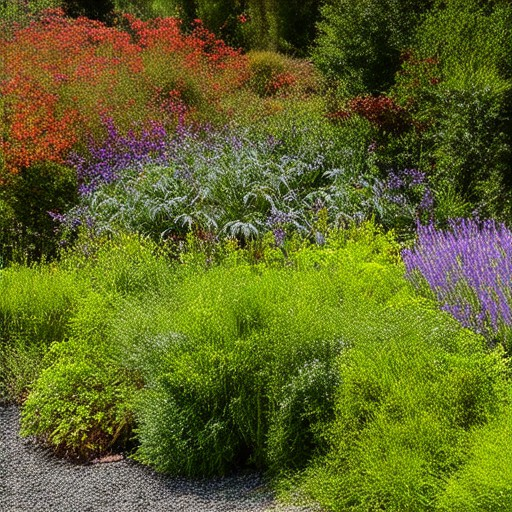
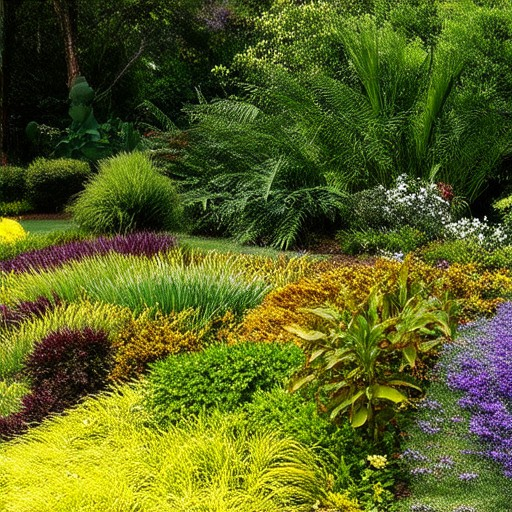
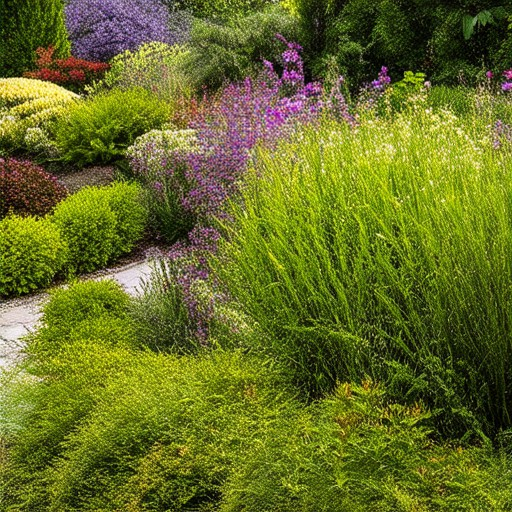
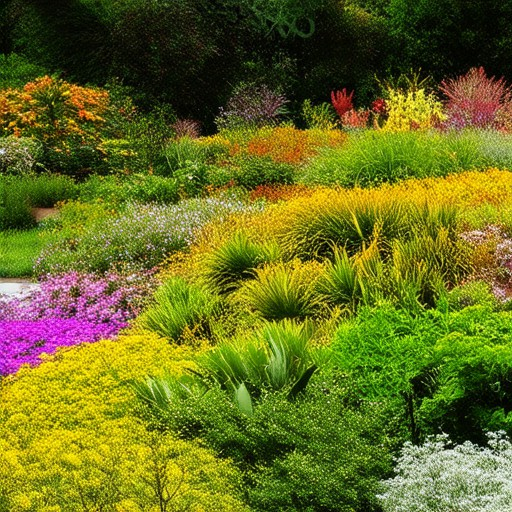
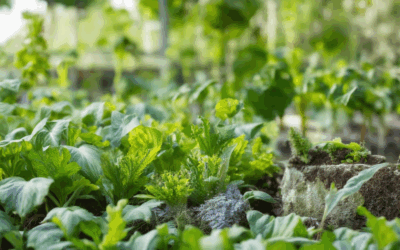
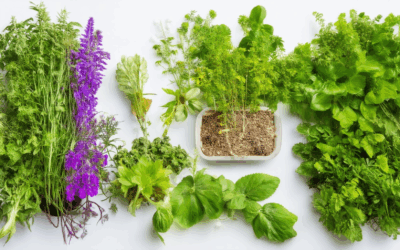
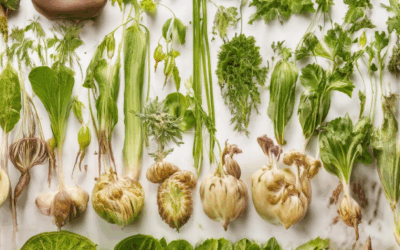
0 Comments